Effective communication is the cornerstone of maritime safety, and for commercial vessels, radio checks and tests are paramount. This article delves into the importance of radio checks, the equipment needed for tests, the process of conducting routine radio checks, emergency communication protocols, interpreting test results, troubleshooting common issues, and concludes with the significance of ensuring radio safety at sea.
Importance of Radio Checks
The importance of radio checks cannot be overstated in the maritime industry. Reliable communication is essential for coordinating movements, avoiding collisions, and responding to emergencies. Regular radio checks ensure that communication equipment is in optimal condition, reducing the risk of communication failure when it matters most. For commercial vessels, where the stakes are high, conducting radio checks is a proactive measure that enhances overall safety at sea.
Equipment Needed for Radio Tests
To conduct radio checks effectively, commercial vessels need essential equipment. The primary tool is, of course, the radio communication system. This includes the very high-frequency (VHF) radio commonly used for short-range communication. Additionally, vessels may have single sideband (SSB) radios for long-range communication. Ensuring that all microphones, antennas, and power sources are in good working order is crucial for accurate testing.
Conducting Routine Radio Checks
Routine radio checks should be a standard practice for commercial vessels before embarking on any journey. To perform a radio check:- Select a designated frequency: Choose a frequency that is commonly used for radio checks in your region.
- Transmit a test call: Make a brief, standardized test call to ensure that the radio is transmitting properly.
- Listen for a response: Check for replies from other vessels or shore stations, confirming that your transmissions are being received.
Emergency Communication Protocols
In emergency situations, efficient communication can be a matter of life or death. Commercial vessels must establish and practice emergency communication protocols. This includes using designated distress frequencies, such as Channel 16 on VHF radios, and clearly communicating the nature of the emergency. Regular drills and training ensure that the crew is well-versed in emergency procedures, reducing response time during critical situations.
Interpreting Test Results
Interpreting test results is a crucial step in maintaining radio communication reliability. A successful radio check involves clear, audible transmissions and positive responses from others on the designated frequency. If issues arise during routine checks, further investigation is required. Test results should be logged, and any discrepancies or abnormalities should be addressed promptly to ensure that communication equipment remains in optimal condition.
Troubleshooting Common Issues
When conducting radio tests, it’s not uncommon to encounter issues. Common problems include poor signal strength, distorted transmissions, or complete radio failure. Troubleshooting steps may involve checking antenna connections, inspecting cables for damage, or assessing power sources. Routine maintenance, such as cleaning and inspecting antennas, can prevent many common issues. In cases where troubleshooting onboard does not resolve the problem, seeking professional assistance is imperative.
Ensuring Radio Safety at Sea
In conclusion, the importance of radio checks and tests for commercial vessels cannot be emphasized enough. Regular checks not only ensure that communication equipment is in optimal condition but also contribute to overall maritime safety. Equipping vessels with the necessary tools, following routine radio check procedures, establishing emergency communication protocols, interpreting test results, and promptly addressing issues through troubleshooting are vital steps in maintaining reliable radio communication. By prioritizing radio safety, commercial vessels enhance their ability to navigate and communicate effectively, ensuring the well-being of both crew and vessel in the unpredictable maritime environment.

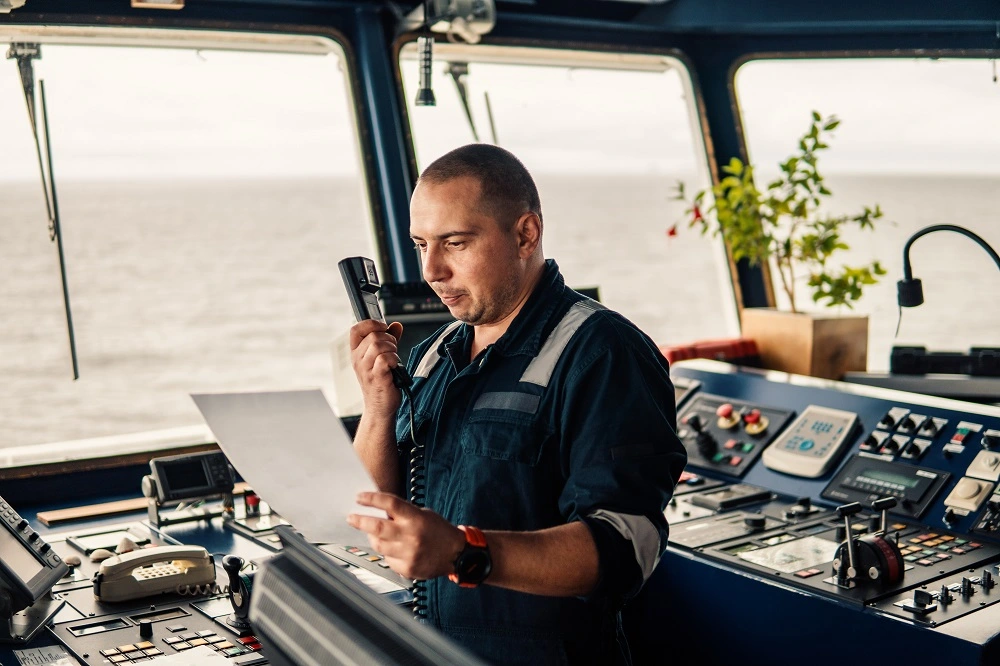
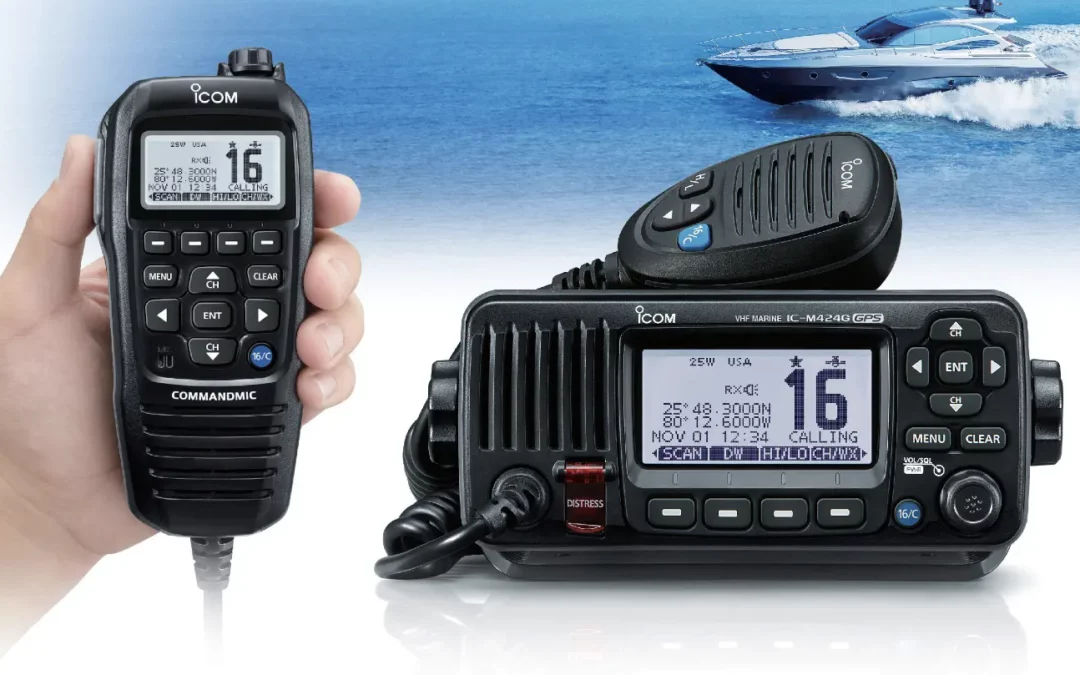

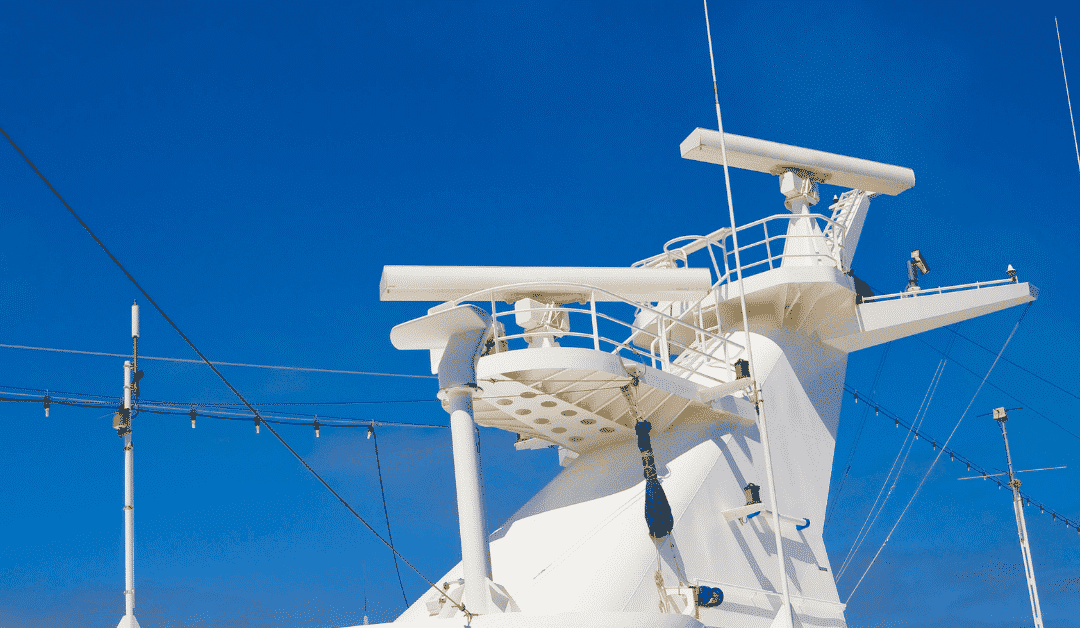

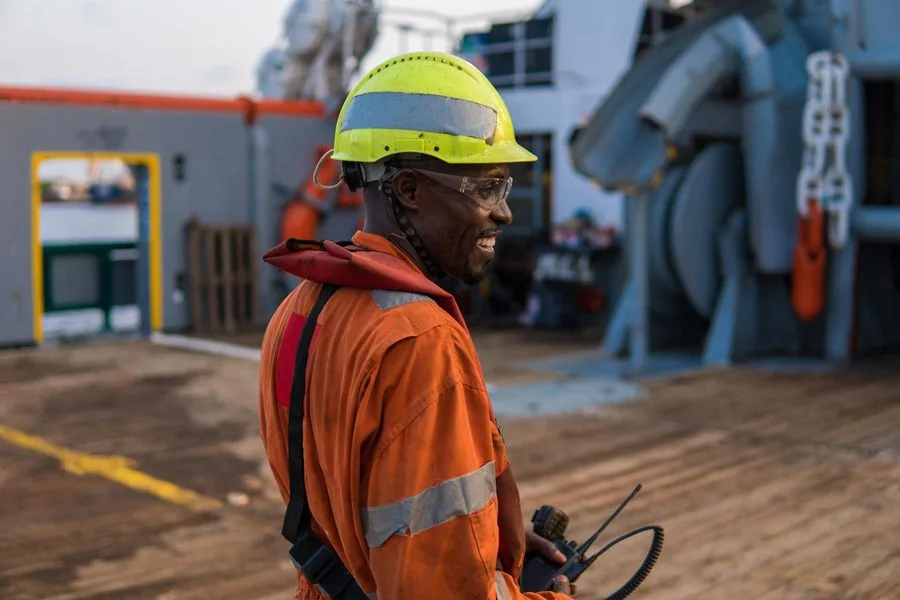
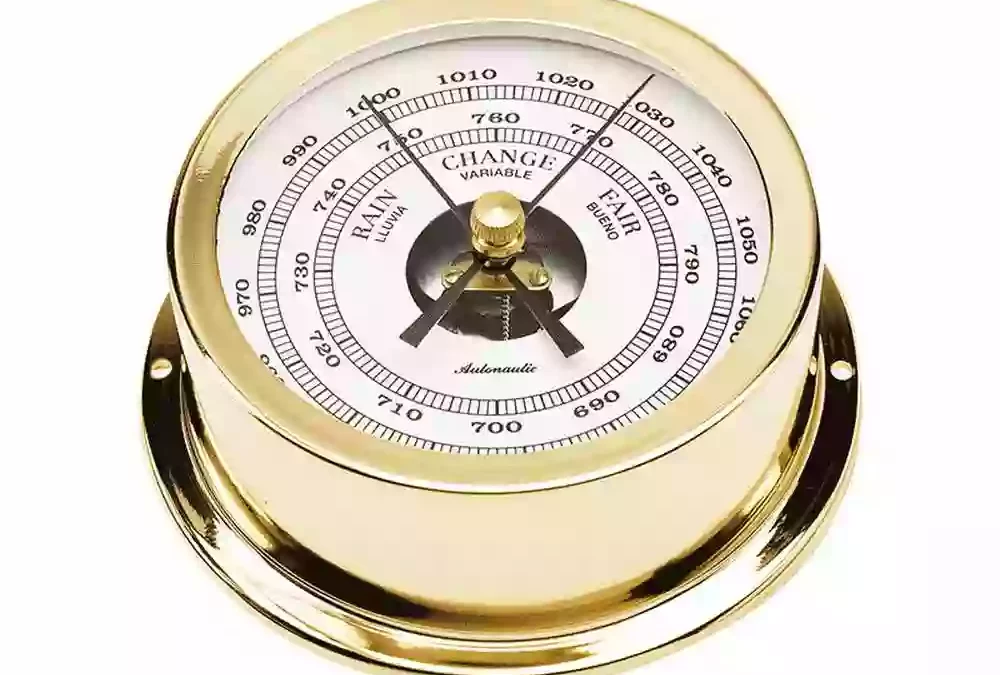
0 Comments